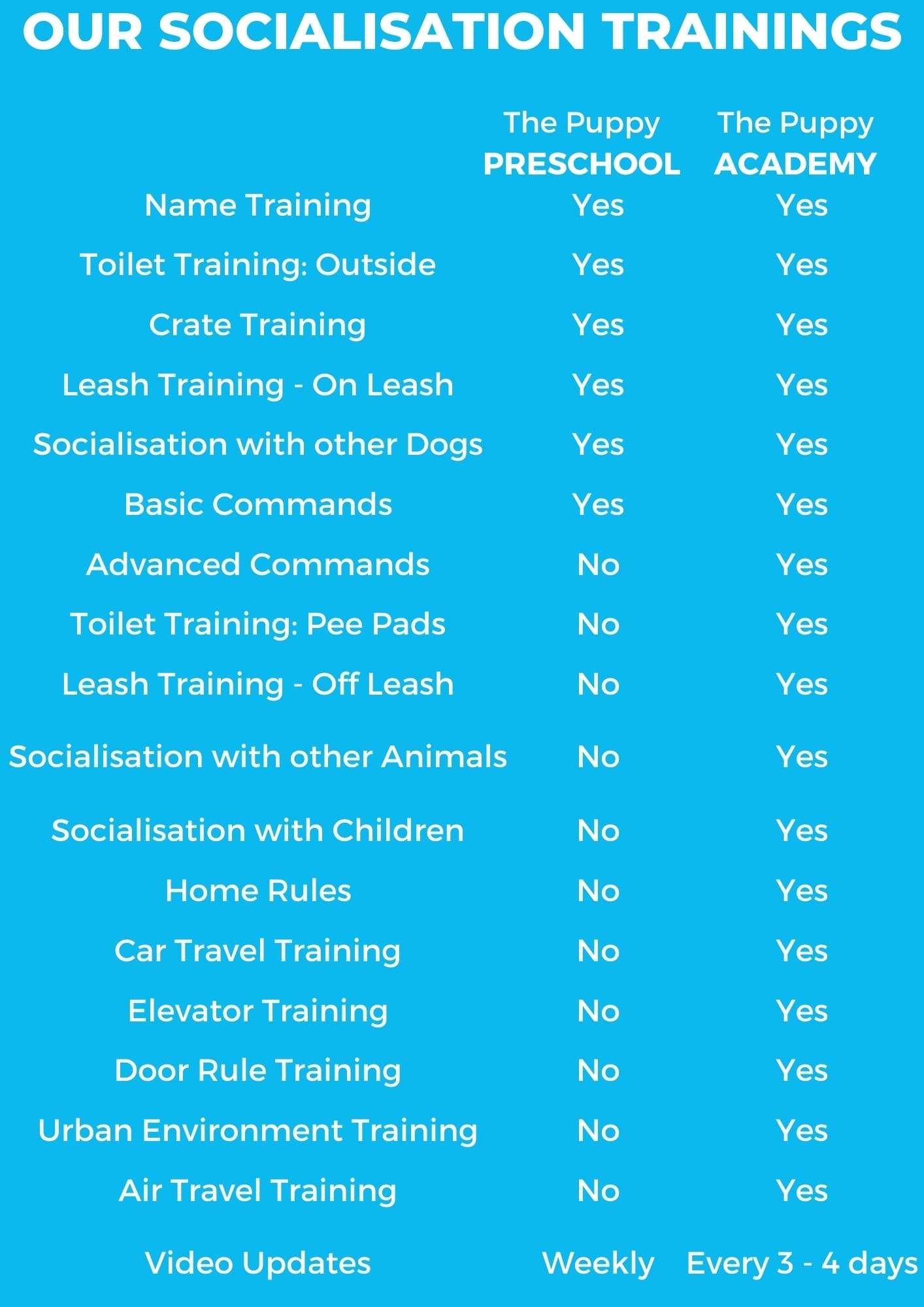Can’t Take The Heat in the Middle East
Planning on moving to the Middle East or taking your dog there? If the answer is yes, there are a few things you should consider before you pack your suitcase and start looking for a dog crate. One important factor is the climate, and how it could affect your dog.
The climate
The Middle Eastern climate is typically hot and dry and winters are generally mild with little rainfall. The actual weather varies depending on region; for example, Israeli winters are much rainier than winters, and there may even be snow in areas such as the Golan Heights. Contrast this with Saudi Arabia, which experiences typical desert weather with searing heat during the day and a sudden temperature drop at night.
So how will this affect your dog?
First of all, you need to think whether your dog will be comfortable in a hot, dry climate. Dogs don’t sweat the way humans do. Dogs can sweat from hairless areas, such as their paw pads and nose, but this is mostly to keep the nose moist and prevent the paw pads from cracking. They don’t sweat nearly enough from these areas to cool down properly. Dogs normally keep cool by lying in the shade and on cool surfaces, such as tiles, and by panting. They may also jump into pools or other bodies of water – hard to find in the usually dry Middle East. An overheated dog can get heatstroke, which can have fatal consequences!
Different breeds
Breeds with long fur or that are bred for cold climates, such as Malamutes and Siberian Huskies, may feel uncomfortable in the heat – even if they live in an air-conditioned house, they still need to go for a daily walk! The fur does sometimes help them to keep cool by slowning down the rate of heat absorption, but the Middle East is still not the optimum environment for them – especially the double coated Husky and similar dog breeds.
Short nosed breeds will also feel uncomfortable in the heat, as they are much more prone to heat stroke. Hairless dogs, such as the Chinese Crested, will feel more comfortable in the heat, but are more at risk of sunburn.
So what can you do to help your pet feel comfortable in a Middle Eastern climate? Here are a few suggestions:
- Try to select a breed that copes well with the heat. Pharaoh hounds, Salukis, and Canaan dogs are all native to the area and are adapted to the climate. Short haired breeds such as the Vizsla, Beagle, Whippet, and Chihuahua are other breeds that can cope with the heat.
- Keep your dog in a shady space or indoors during the hottest hours. Even dogs that like the heat can burn their paws on hot surfaces. Try to walk your dog during the cooler hours.
- Taking your dog swimming is a good way to keep them cool. Most dogs are good swimmers, though some might need a life jacket or similar flotation device. A swimming pool is ideal but be sure to keep an eye on your dog in case they get into difficulty. The beach is another good place to swim, but make sure that dogs are allowed on any particular beach.
Remember that nights can be cold in the Middle East, so make sure your dog has good shelter, or let him sleep inside.
























